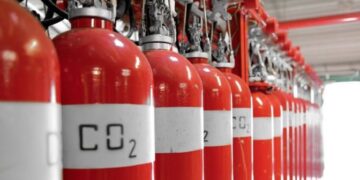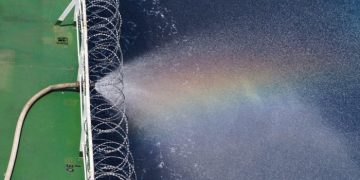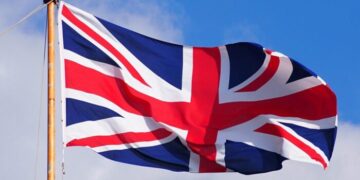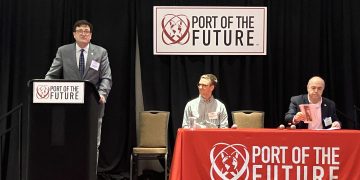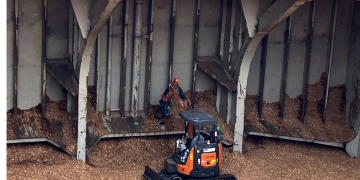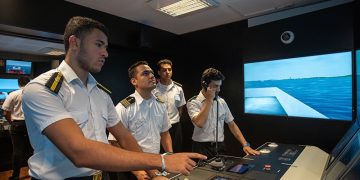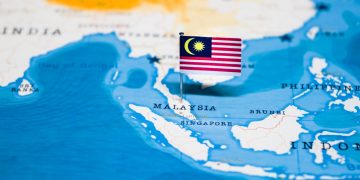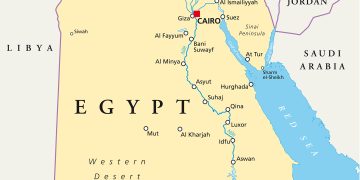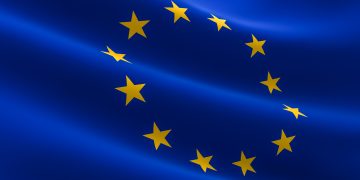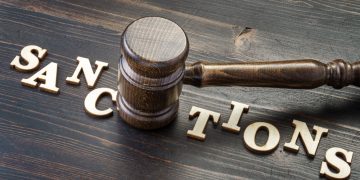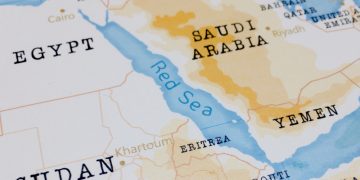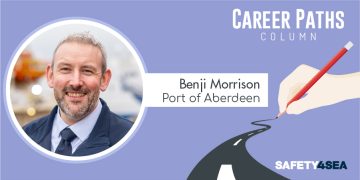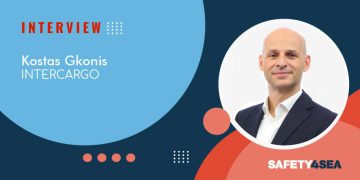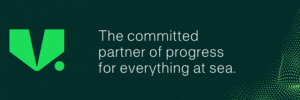Slowing ships down for cleaner air and whale protection
A coalition of government, non-profit and marine industry groups announced the launch of a new trial incentive program in the Santa Barbara Channel to slow cargo ships down to reduce air pollution and increase protection of endangered whales. Six global shipping companies, COSCO, Hapag Lloyd, K Line, Maersk Line, Matson, and United Arab Shipping Company are participating in the speed reduction incentive program and have identified ships in their fleets that will transit between Point Conception and the Ports of Los Angeles and Long Beach, from July-October 31, 2014, at speeds of 12 knots or less (reduced from typical speeds of 14-18 knots). Participating companies will receive $2,500 per transit through the Santa Barbara Channel. The trial program, developed and implemented by the Santa Barbara County Air Pollution Control District, NOAA's Channel Islands National Marine Sanctuary, and the Environmental Defense Center, is modeled after successful speed reduction incentive programs at the Ports of Long Beach and Los Angeles where over 90% of the shipping lines participate. Ship strikes are a major threat to recovering endangered whale populations. In addition, ships emit greenhouse gases and air pollutants, and account for more than 50% of ozone-forming nitrogen oxides in Santa Barbara County. ...
Read more



